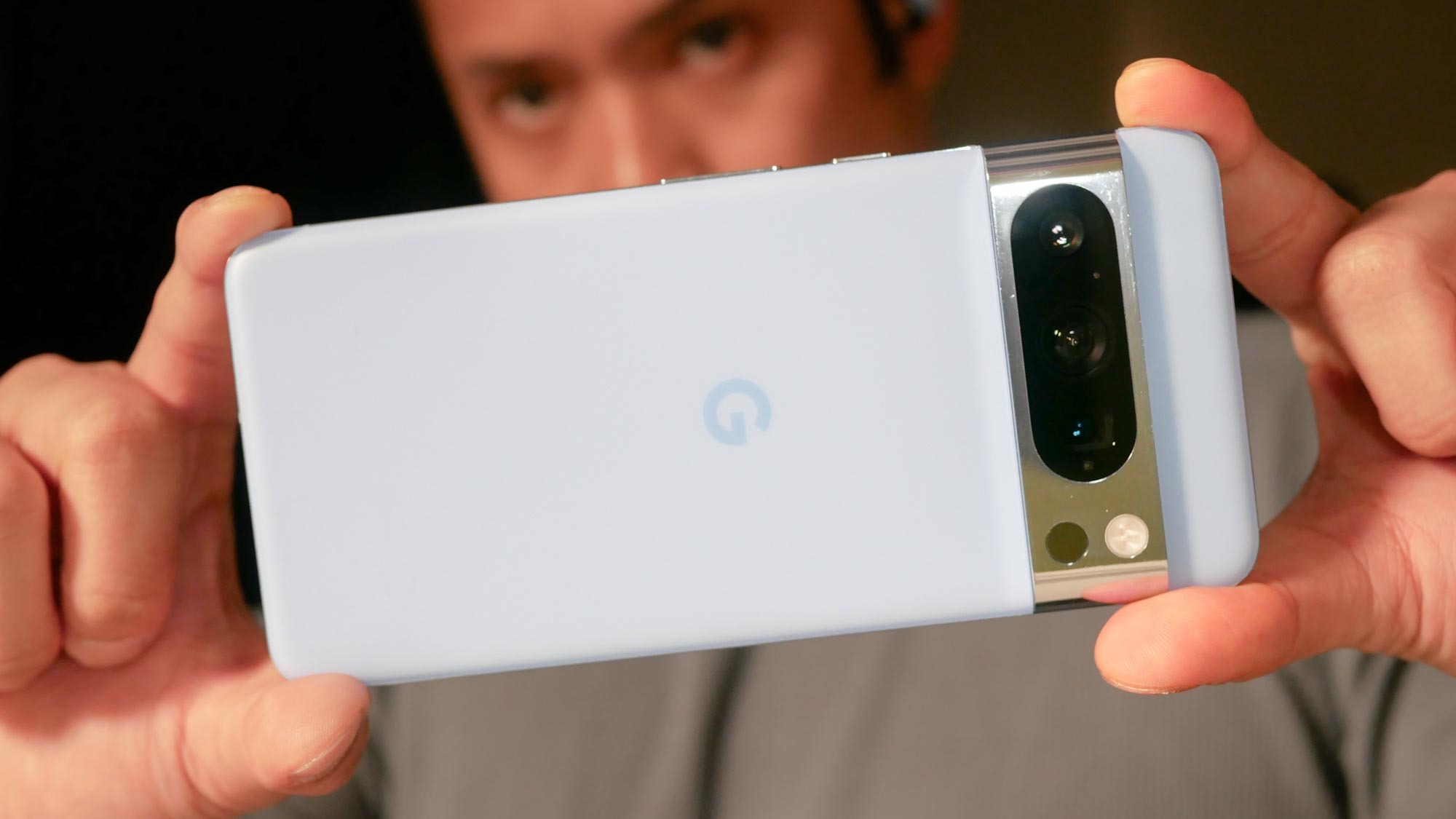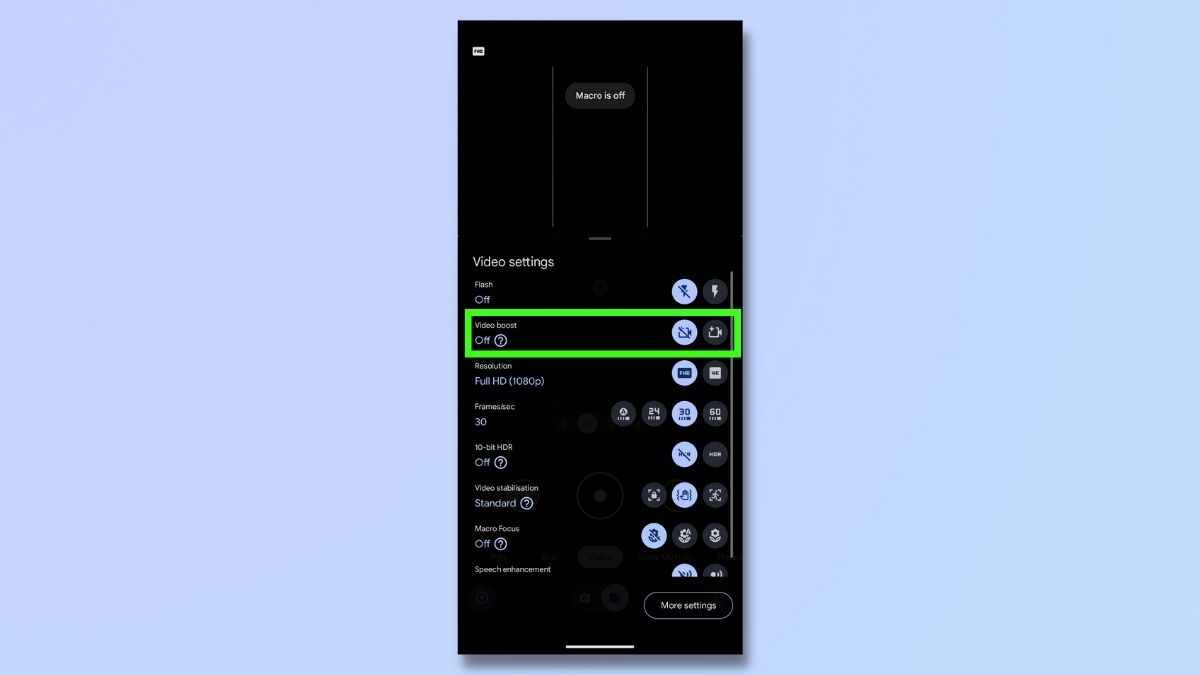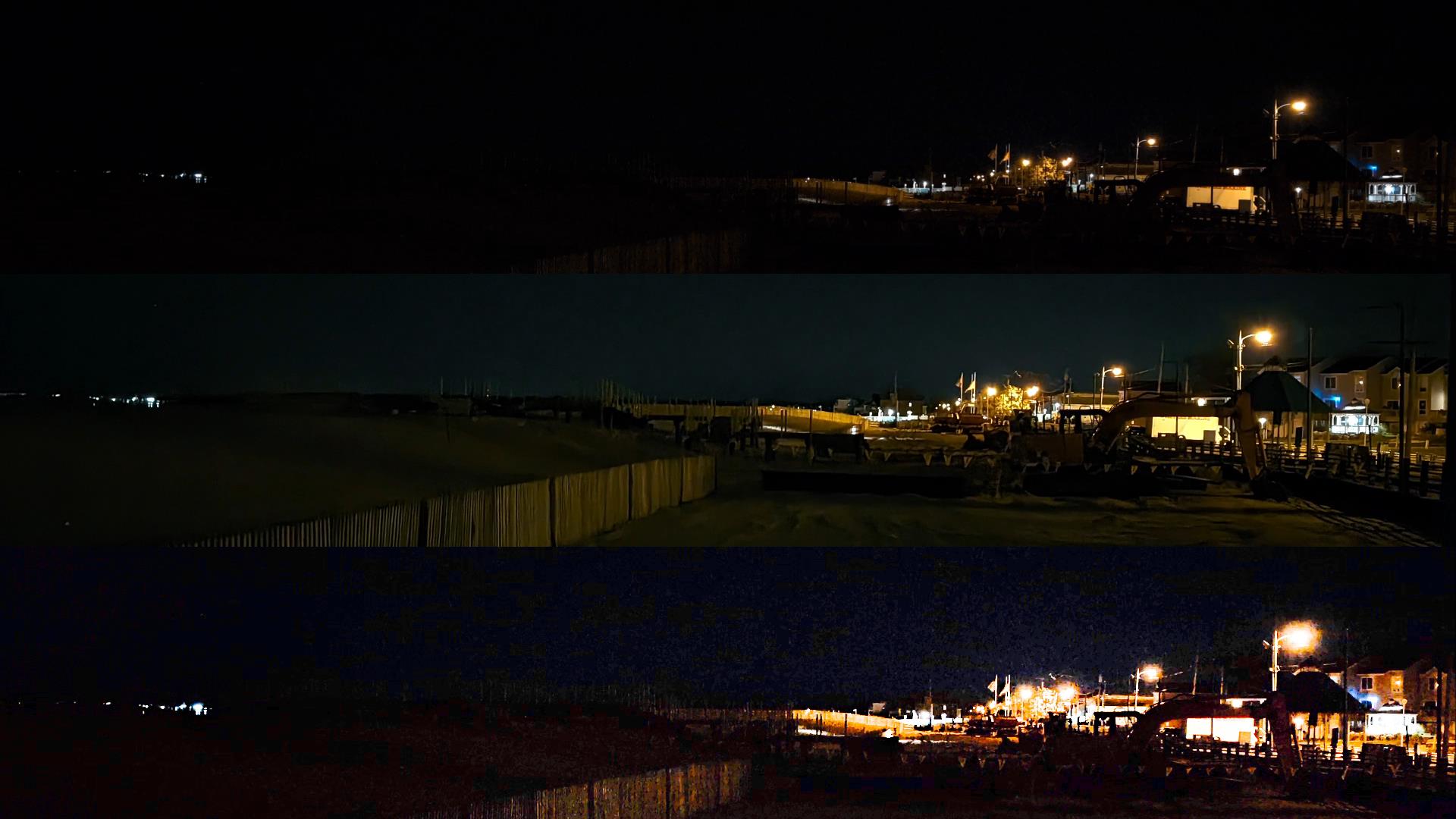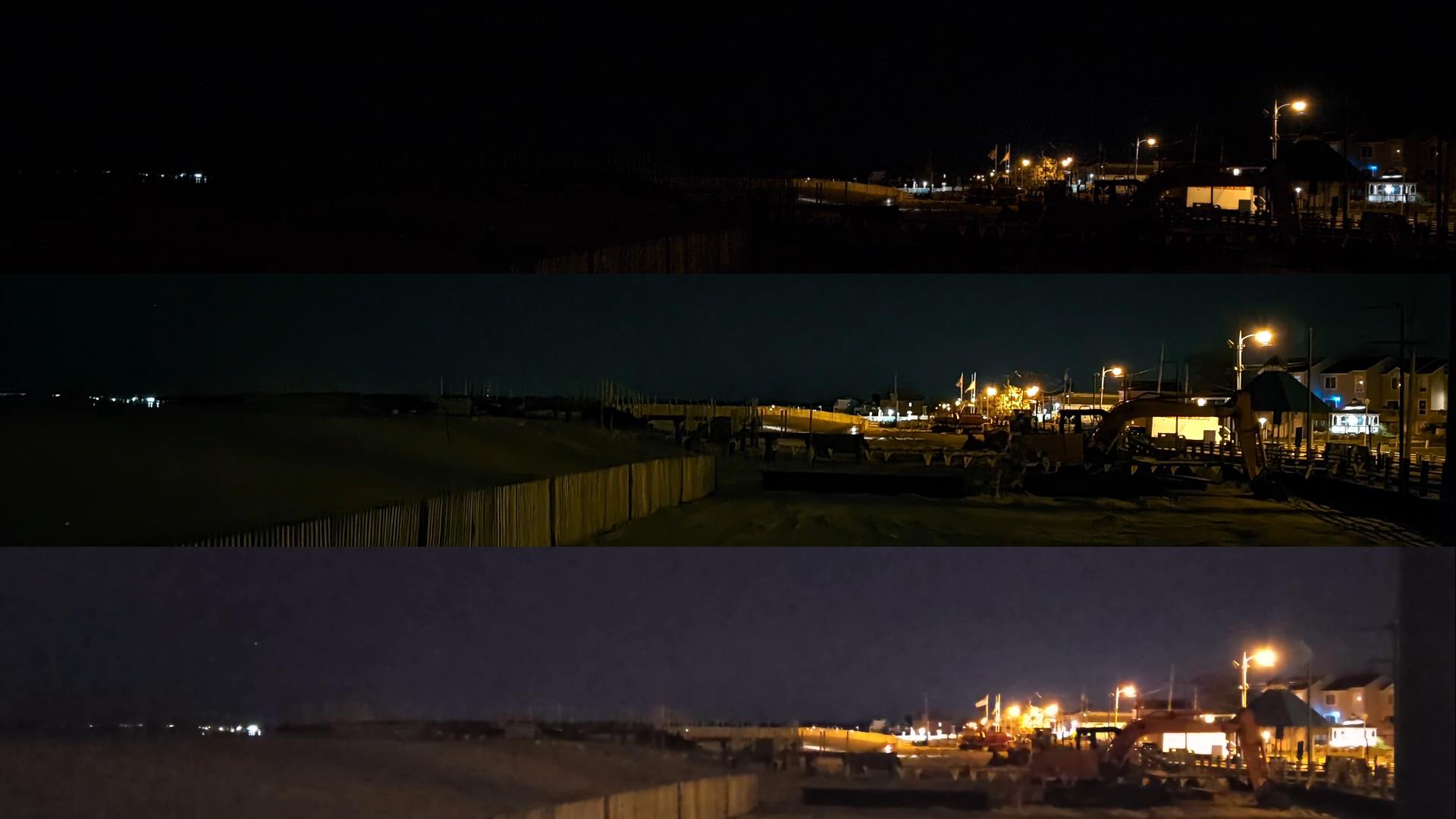
When the Pixel 8 Pro was announced last fall, one of the standout features that got my attention was a feature called Video Boost. Google even produced a short clip to show off how it essentially brings Night Sight mode to video, by optimizing the clips so that low light videos are brighter and more detailed.
Since then, I ditched the Galaxy S23 Ultra and made the Pixel 8 Pro my daily driver because of its incredible camera performance. I’ve even tested it against Samsung’s latest flagship when I captured 200 photos between the Pixel 8 Pro and Galaxy S24 Ultra, proving that the new Pixel is just as good. There’s also a handful of Google AI features that make the Pixel 8 Pro outstanding, like the photo editing tools at my disposal with Magic Editor and the intelligence of its updated Call Screen feature.
But the one feature that eluded me up until now was Video Boost, which came in a later update after its release — and it’s what sets it apart from the standard Pixel 8. This Pixel 8 Pro exclusive feature claims to deliver higher quality videos, so I decided to put it to the test to see how much better it is. Here’s what I found out.
It can take hours to process a clip

If you don’t know how to use Video Boost on the Pixel 8 Pro, the one important thing you need to know is that it requires you to manually turn on the feature each and every time you intend to use it. Normally I’d expect it to be accessible in the main screen of the camera app, but it’s actually hidden in the settings menu — so you’ll have to remember to turn it on.
After recording my clips with Video Boost mode enabled, I’m able to instantly preview the unedited video right away. However, it takes several hours for the final clip to finish compiling, which involves the video being uploaded to Google Photos, processed, and then downloaded back to my phone. I recorded several videos under 20 seconds long and they still took upwards of 4 hours to appear on my phone.
On one hand this might seem rather excessive, but I know how time consuming it can be editing videos myself on a computer and rendering a final clip. The only downside is how people have become accustomed to sharing their content instantly, rather than waiting several hours and then proceeding to share it. Regardless, just know that it takes time.
Big difference in low light

In testing out Video Boost with my Pixel 8 Pro, I mainly stuck with recording video under low light conditions because I know all phones struggle at times with this. You can see from the before and after screenshot above, there’s a big difference between them in terms of brightness, clarity and detail. New York City’s iconic skyline in the far distance is more visible in the Video Boost clip below near the beginning, whereas the standard recording is dark and almost impossible to make out landmarks like the Verrazzano-Narrows Bridge and the Freedom Tower. This reminds me a lot of how Night Sight works on Pixel phones for photos, as they often increase the exposure to draw out details that would otherwise be hidden in the shadows.
I think it’s also worth noting how the Video Boost clip brightens the video without introducing noise. Towards the end of the clips below (which also show one from the Galaxy S24 Ultra as reference), you’ll see stronger light sources from the nearby street lights that illuminate the boardwalk — the scene’s much more visible with the Video Boost clip.
I tried to quickly edit the original video on my laptop using Cyberlink’s PowerDirector video editing software, but it can be tough trying to match the quality of Video Boost. That’s because whenever I try to brighten up the clip, the noise in the shadows become even more noticeable — to the point that I don’t think it’s usable. So yeah, Video Boost certainly has merit with low light video, assuming that you don’t mind waiting. I only say that because I also recorded video under excellent lighting conditions, where the only meaningful improvements are better stabilization and punchier color tones.
Pixel 8 Pro vs Galaxy S24 Ultra: Which is better?

Lastly, I wanted to see if it could out muscle the Galaxy S24 Ultra. I shot the same video by the beachside with Samsung’s top-of-line phone, and I will say that it’s a close call. What I notice from previewing its recording versus the Video Boost one from the Pixel 8 Pro, is that the Galaxy S24 Ultra’s footage looks brighter — albeit with a little more artifacting. These artifacts do soften the video in the comparison screen grabs above, but I understand how some people would prefer its quality over the Pixel 8 Pro.
Don’t get me wrong, the Pixel 8 Pro’s Video Boost clips hold up nicely against the S24 Ultra, but all the processing is done locally on the Galaxy S24 Ultra. Meaning, it’s producing the best quality right off the bat with no waiting. For what it’s worth, though, I think there’s still value with Video Boost because it’s saving me time from having to tweak the video myself.







